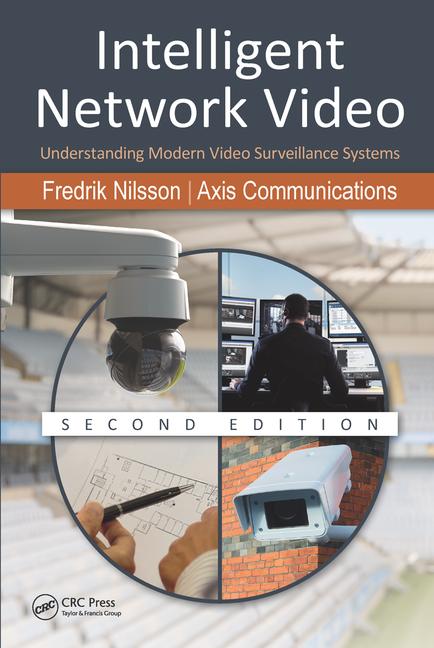How Can Security Update to Fit Modern Workplace Needs?




Get rid of the cubicles, closed doors, fax machines, Rolodex and paper. And fill your workplace with open-air rooms, virtual reality, natural light and ping pong tables. Because that’s what employees want and need in order to collaborate, share and get the job done. Right?
Not exactly. While some companies are employing open air workplaces, writeable walls and treadmill desks, most aren’t there yet. And they won’t be for a while.
According to a study on workplace trends by TECHnalysis Research, both technologies and habits rooted in the 20th century are keeping the 21st century vision of the modern workplace from becoming reality.
The study is based on a survey of 1,000 U.S.-based working adults aged 18-74 at medium (100-999 employees) and large (1,000+ employees) companies across many industries. The survey goal was to understand how the modern workplace is evolving in terms of how and where people work, as well as the hardware, software, services and capabilities that employees expect from their employers.
According to the study results, from a device perspective, the most common tool in a workplace is not a smartphone, but a company-owned desktop PC, which is used for less than half (48 percent) of all device-related work.
Email is still the top means of collaboration with both co-workers (39 percent of total communications) and outside contacts (34 percent), with phone calls second (25 percent and 32 percent, respectively) and texting third (12 percent for both groups). Among 18-24-year-old millennial workers at medium-sized companies, social media with outside contacts was 12 percent of all communications versus only six percent for the total sample.
With regards to security, biometrics are a key part of the ideal future workplace vision. However, the survey found that biometric security methods are only used 15 percent of the time for corporate data, 14 percent for physical facilities and 12 percent for access to either corporate-owned or personally owned devices. And 41 percent of respondents said their company does not have any security policy for personal owned devices – yet those personal devices are used to complete 25 percent of the device-based work that they do.
And while open air environments have received attention and focus in modern workplaces, they are noisy, and the survey noted that factor has a serious impact on productivity. In fact, the survey found that people want to and expect to work less in offices and cubicles, but their preferred environment isn’t alternative workspaces, it’s working at home.
And the top “wished for” work service is software/IoT tools for control of the physical environment such as temperature and lights.
Bob O’Donnell is the president and chief analyst of TECHnalysis Research, a market research firm that provides strategic consulting and market research services to the technology industry and professional financial community.
What is the key takeaway from this study?
The key takeaway is that despite the appearance of much new collaboration, communication (and security) technologies, most businesses and most employees are still using older methods. Having said that, companies who invest in these newer technologies will find that employees do feel them to be very valuable. The tools and technologies are already available to deliver on a highly optimized, highly productive workplace of the future, but, as the survey results show, there’s still a long way to go before that vision becomes reality.
Why do enterprise security executives need to know about this research?
Several points from the survey are critical for security professionals. First, the fact that 25 percent of all work being done by employees is on devices they own should be a wakeup call to them. Second, 41 percent of organizations that have these personal devices in use don’t require individuals to have any kind of security to access their device. Clearly, that’s a problem waiting to happen.
Is there anything from the survey results that surprised you?
Yes, the survey results did surprise me, particularly with regard to younger workers and their preferences. While there were some differences by age, they weren’t as dramatic as I expected, and many younger workers actually seem to be in line with older workers when it comes to work habits.
Looking for a reprint of this article?
From high-res PDFs to custom plaques, order your copy today!











